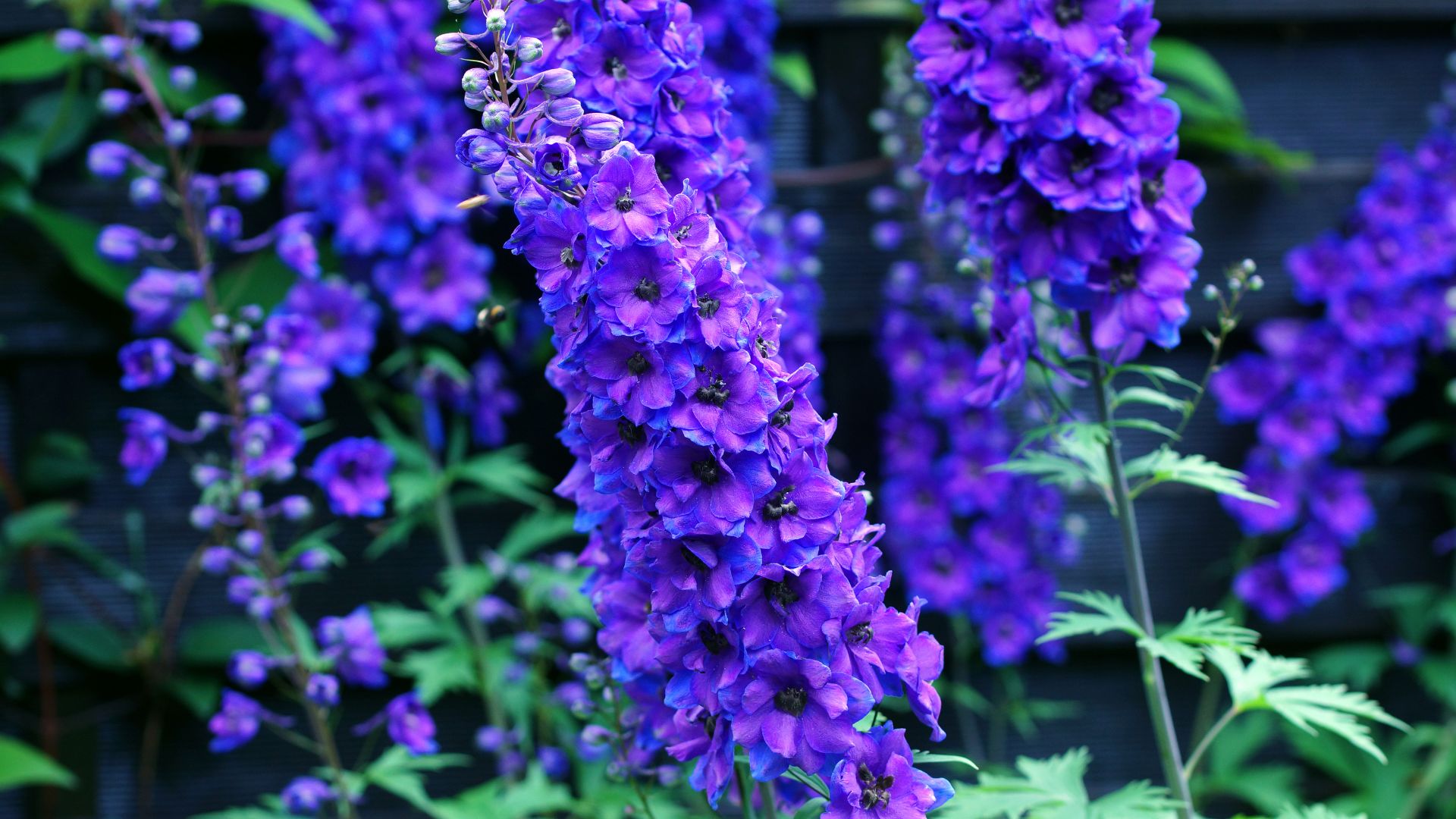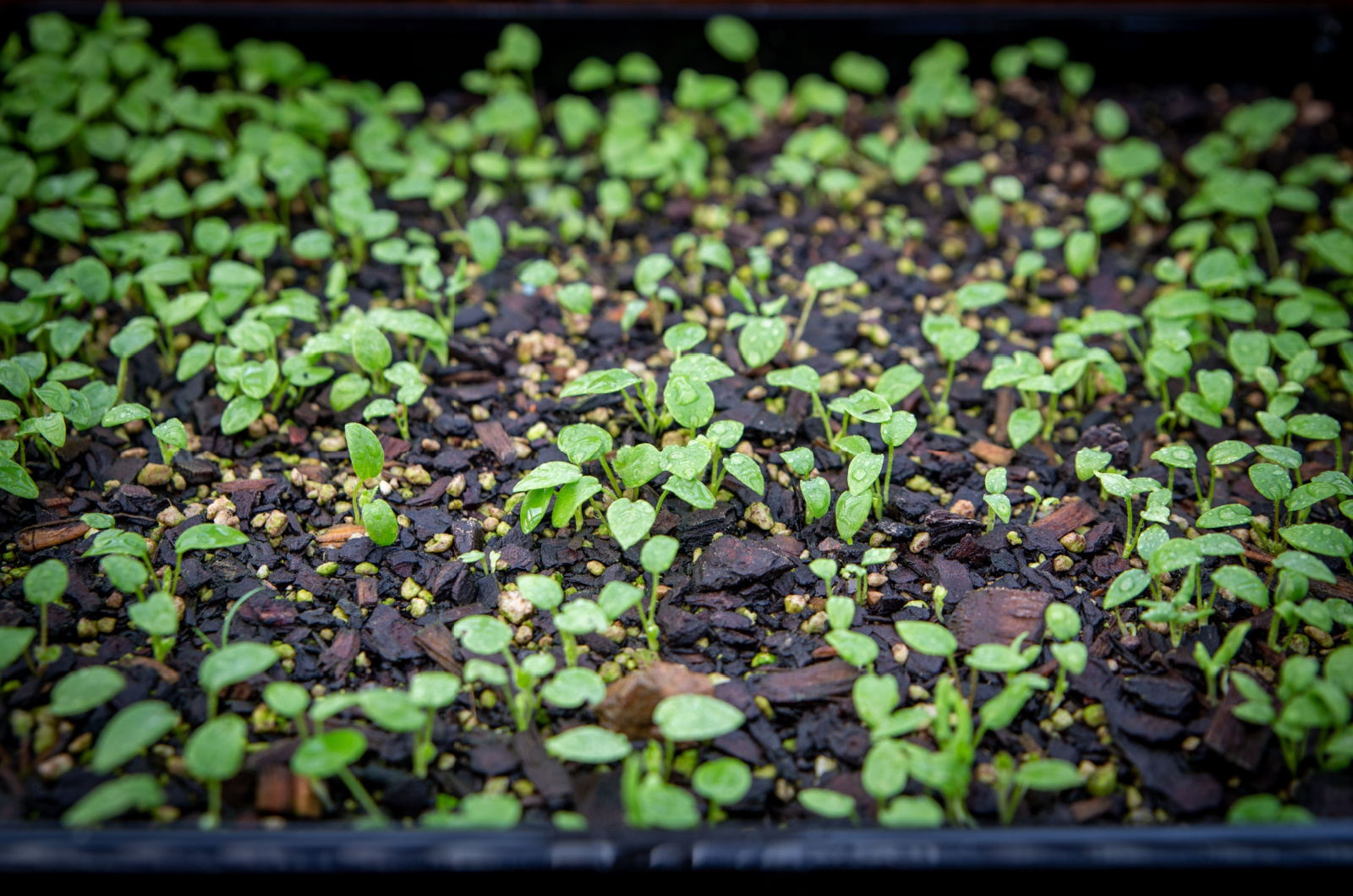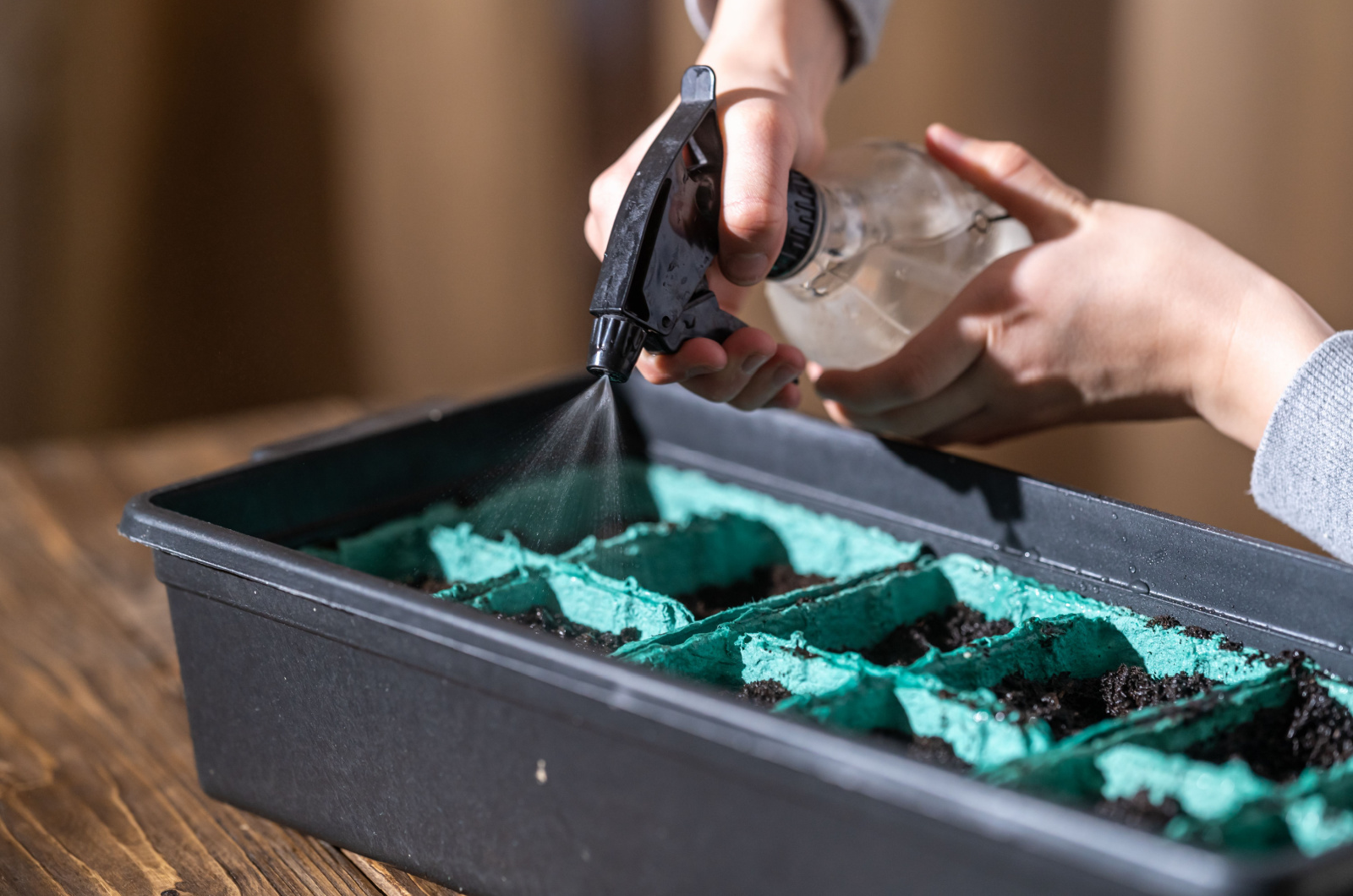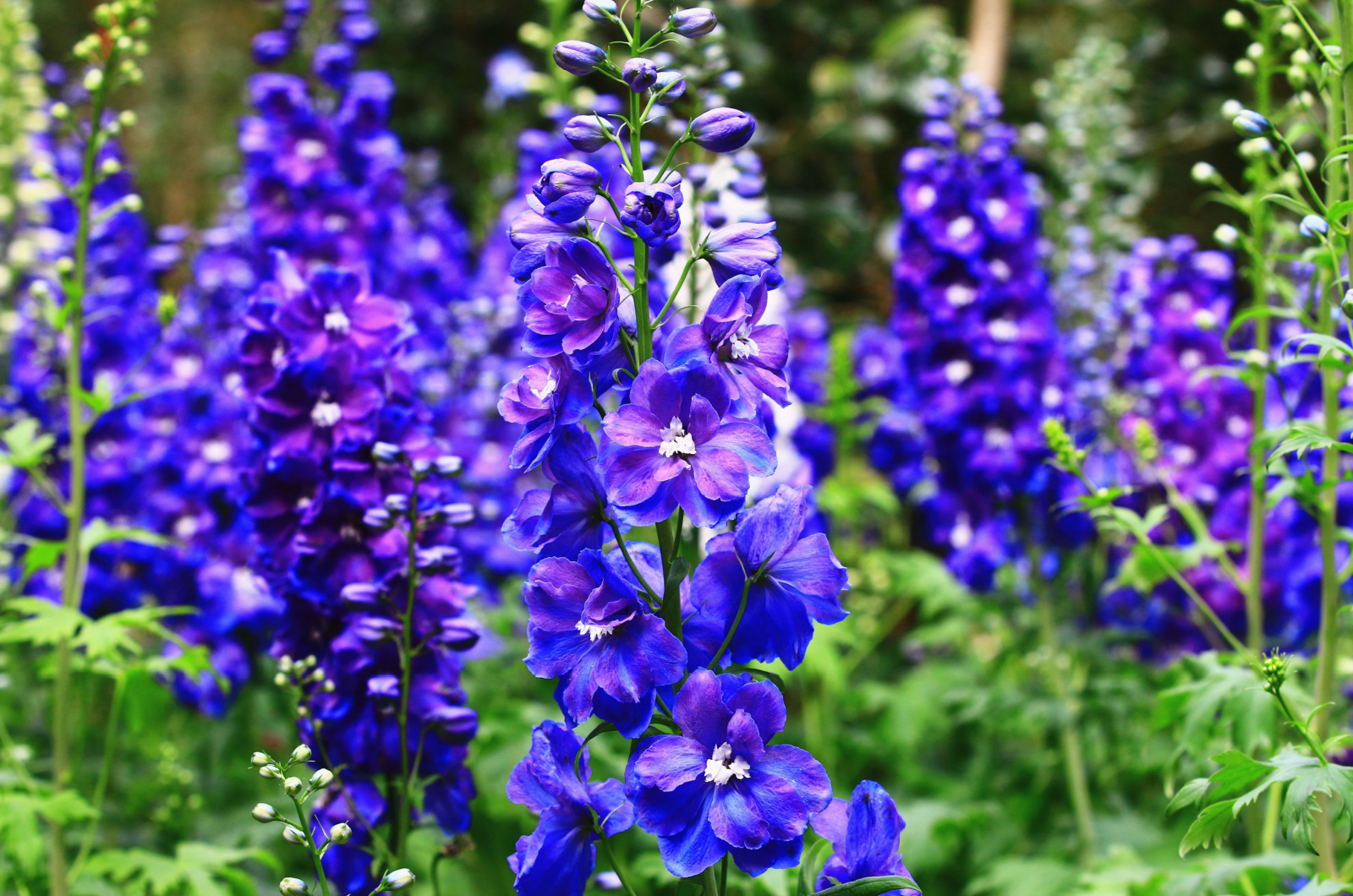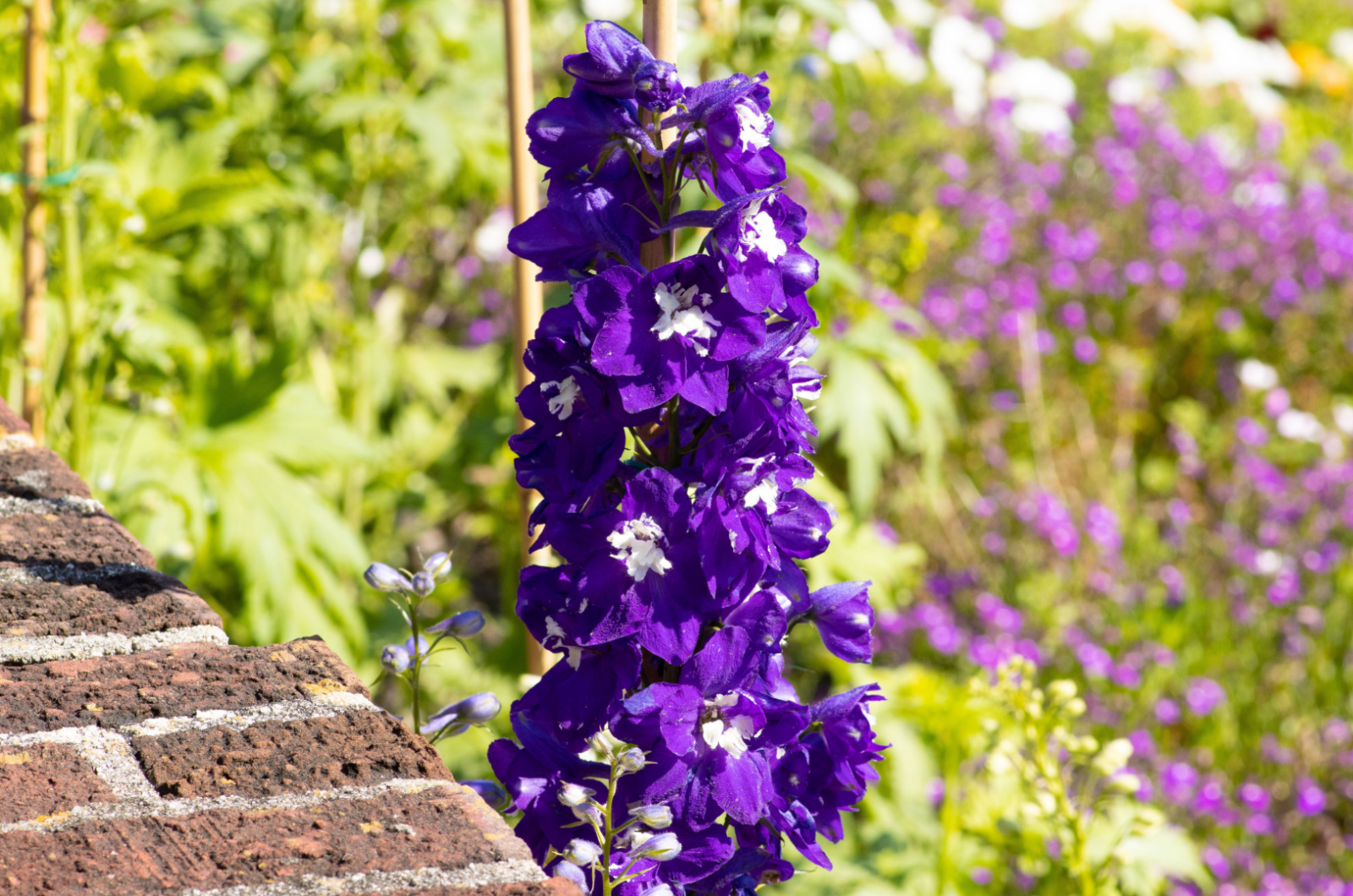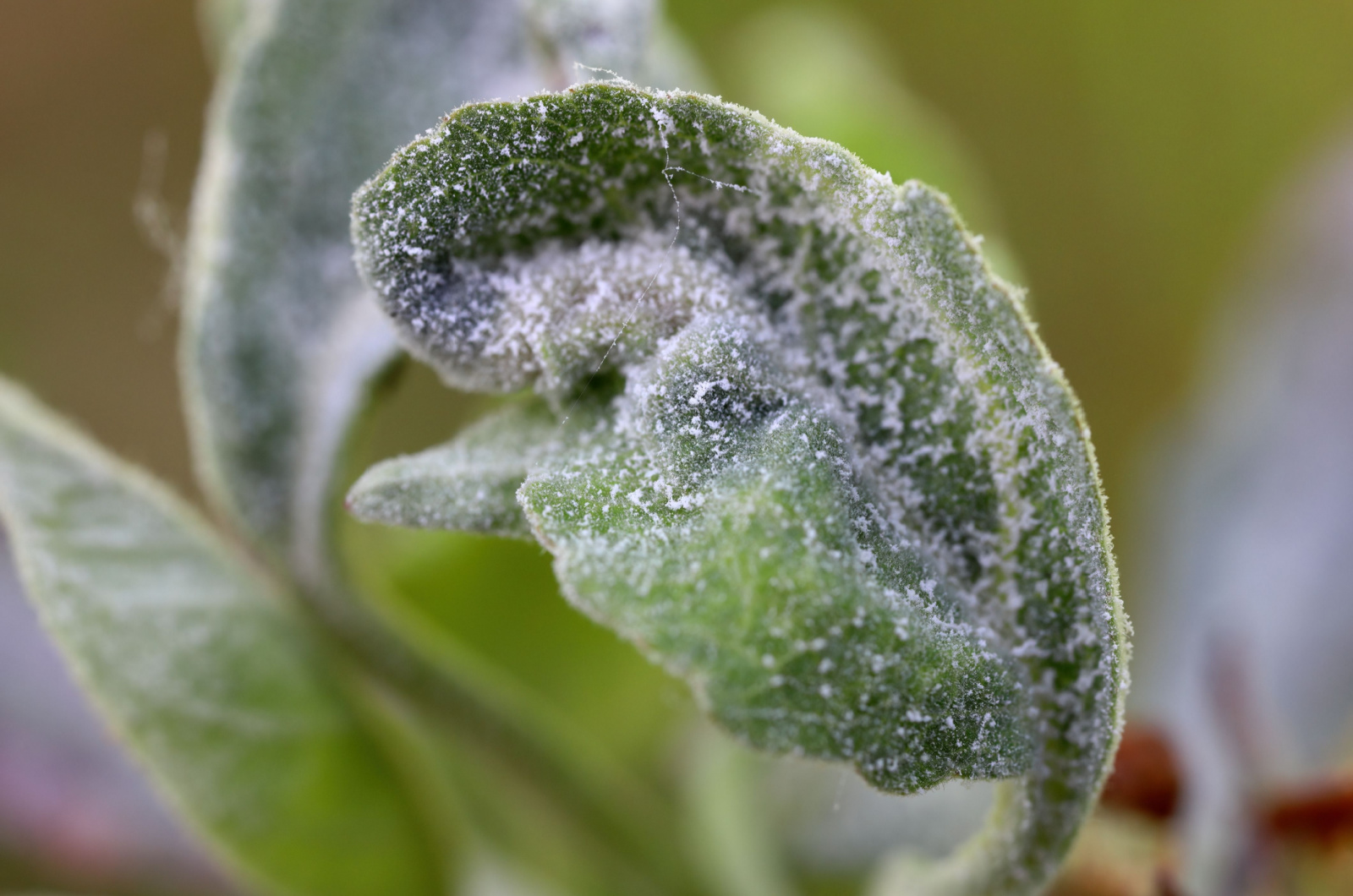The elegant towering spires of delphinium plants enchant gardeners worldwide. They reveal their true beauty and display colorful blossoms in the summer.
Delphiniums do have multiple benefits; however, they may not be as easy to maintain as other common garden plants.
But don’t worry, I’ve got you covered! I’ll show you how to grow delphiniums and get an abundance of blossoms next season!
Let’s get started!
A Guide On Planting Delphiniums
I will start this journey with some tips on planting delphiniums. This is the essential part and many things can go wrong if you make just one mistake.
To avoid all issues, here’s where, when, and how to plant delphiniums!
When To Plant
The best time to plant delphiniums is in April or March because the soil temperatures are high enough for healthy development.
You can also sow the seeds in August but in this case, you’ll need to overwinter your delphiniums in a cold frame so it will be ready for transplantation in spring.
The best time for planting established delphiniums is in April through May or September through October.
Where To Plant
Now that you know the ideal planting time for delphiniums, it’s time to learn what kind of growing substrate these plants need.
For delphiniums, the perfect soil is fast-draining, rich, and fertile. If you have heavy soil, you’ll need to amend it with a lot of grit to enhance drainage and aeration.
Poor soil types may significantly impact the growth of your delphiniums, so make sure to add some organic matter to the planting hole.
The next step is to select a location with perfect sun exposure. These D-flowers can tolerate full sun but it’s best to ensure some afternoon shade during hot summer days.
How To Sow Delphinium Seeds
You should know that if you start your delphiniums from seeds, you can enjoy the blossoms the next season. However, this is the cheapest way to get numerous plants for your summer garden.
The first step is to fill a seed tray with peat moss and lightly mist the soil. Then, sow delphinium seeds and lightly cover them with vermiculite, making sure to label them afterward.
You should prick the seedlings when they generate approximately 3 true leaves and plant them separately in 4-inch pots.
The delphinium seedlings will most likely be ready for transplantation in May or June. But make sure to harden them off by taking them outdoors every day; start with one hour of outdoor time and increase it each day until they’re fully adapted.
How To Transplant Delphiniums
Select a spot in your garden that receives full sun or partial shade and has free-draining soil. Remember, these plants can die if their roots are sitting in standing water during winter, i.e., the dormancy period.
After you dig the planting hole, I suggest adding a slow-release fertilizer, such as bone meal or chicken manure.
You’ll need to make a spacing of about 2 feet between each delphinium to promote airflow and reduce susceptibility to powdery mildew disease. Additionally, thin your delphiniums when they’re a few inches long to enhance air circulation.
Watch out for slugs as your delphiniums are developing.
A Complete Care Guide
If you’ve followed our guidelines and avoided all the perennial planting mistakes, the next thing to learn is how to care for the established delphiniums.
Here’s what you need to know.
Watering
Delphiniums are not drought-tolerant plant species, so your main task is to keep their soil consistently moist.
However, you should never allow the soil to become waterlogged because, as mentioned, delphiniums are susceptible to rotting.
Don’t irrigate over the leaves but rather at the ground level to decrease the chances of powdery mildew disease.
Fertilizing
One of the things you should know about delphiniums is that they’re heavy feeders and you’ll need to fertilize them regularly during the growing season.
Slow-release fertilizer is perfect when planting your delphiniums but once they’re established you’ll need to switch to other fertilizer, such as seaweed.
Staking
Another thing you shouldn’t skip is staking your delphiniums. Remember, winds and heavy rain can break the delicate stems of these plants.
You can use bamboo sticks or a plant support grid for staking. The latter is an excellent option because it’s nearly invisible when your delphiniums are fully mature.
Deadheading
Many people deadhead their flowers incorrectly, especially if they have plants that bloom only once.
Your delphiniums can produce another set of blooms if you cut the spikes down to the ground when the flowering season ends.
Don’t worry if your delphiniums look too bald at this point, the spikes can regrow and you may enjoy the blooms again in August and September.
Overwintering
These plants tolerate cooler temperatures well but you’ll need to pay attention to one thing during the winter.
As mentioned earlier, these plants can’t grow in overly wet soils, so water only when the surface of the soil dries out.
Common Issues
Root rot and powdery mildew are some common garden fungal diseases that can also affect delphiniums.
The easiest way to prevent these diseases is by planting your delphiniums in quick-draining soil, watering at the base of the plant, and ensuring enough space between the plants.
When it comes to pests, the most dangerous ones are slugs, which can destroy plants in the spring. You can repel them using a garlic drench; simply add some garlic cloves to water, bring it to a boil, and strain to get a clear liquid.
Dilute this mixture in water before applying it to your delphiniums.
If you were told that delphiniums are fussy plants and you’re scared of messing something up, just follow our guidelines and enjoy an abundance of healthy and colorful blooms!

